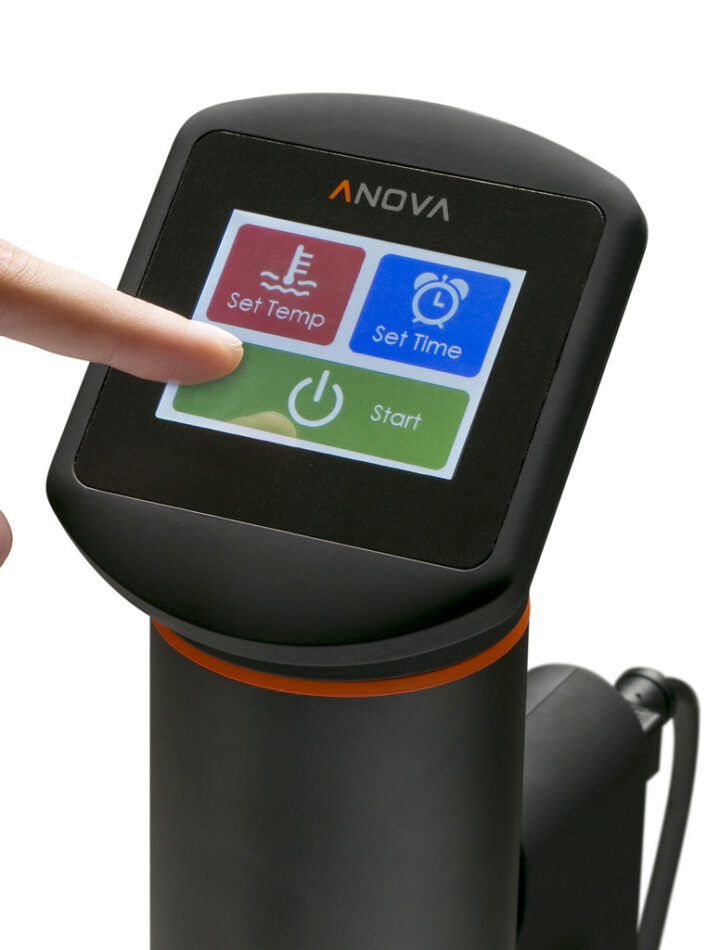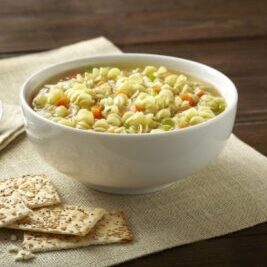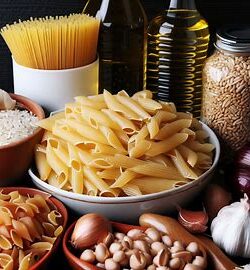Alternative Cooking Methods and Techniques
Alternative cooking methods refer to cooking techniques that deviate from traditional methods such as stovetop cooking or baking in an oven. These methods often utilize unique equipment or unconventional approaches to achieve delicious and innovative dishes.
Unconventional approaches to achieve delicious and innovative dishes
Here, we will explore some alternative cooking methods and list different means of cooking adaptations:
- Sous Vide Cooking: Sous vide, which means “under vacuum” in French, is a cooking method that involves vacuum-sealing food in a bag and cooking it in a water bath at a precisely controlled temperature. This technique ensures even cooking and helps retain the food’s natural flavors and textures. Sous vide cooking has gained popularity in both professional and home kitchens, allowing for precise temperature control and consistent results.
- Smoking: Smoking is a cooking technique that involves exposing food to smoke from burning wood chips or pellets. This method imparts a distinct smoky flavor to the food, enhancing its taste and aroma. Smokers, both electric and traditional charcoal or wood-fired ones, are used to slow-cook meats, fish, vegetables, and even cheese. Smoking can be done hot or cold, with different woods offering unique flavors.
- Grilling and Barbecuing: Grilling and barbecuing are cooking methods that involve cooking food directly over an open flame or hot coals. Grilling typically involves high heat and shorter cooking times, ideal for steaks, burgers, and vegetables. Barbecuing, on the other hand, is a slow-cooking method that uses low, indirect heat and often involves smoking for a longer duration. This method is well-suited for large cuts of meat, ribs, and pulled pork.
- Fermentation: Fermentation is a process that uses microorganisms, such as bacteria or yeast, to convert sugars and carbohydrates in food into alcohol, acids, or gases. This technique is commonly used to make foods like yogurt, sauerkraut, kimchi, and sourdough bread. Fermentation not only enhances flavor but also increases the nutritional value of certain foods by breaking down complex compounds and making them more easily digestible.
- Pressure Cooking: Pressure cooking involves cooking food in a sealed pot with a built-in pressure mechanism. As the pressure builds up, the boiling point of water increases, which reduces cooking time significantly. Pressure cookers are versatile and can be used to cook a wide range of foods, from soups and stews to grains and even desserts. This method is popular for its ability to tenderize tough cuts of meat and quickly cook ingredients that would typically require longer cooking times.
- Solar Cooking: Solar cooking utilizes the sun’s energy to cook food. Solar cookers, which can be simple reflector ovens or more advanced parabolic cookers, harness the sun’s rays to generate heat and cook food. This method is environmentally friendly and ideal for outdoor cooking or areas with abundant sunlight. Solar cooking is often used for slow-cooking dishes like stews, grains, and vegetables.
- Air Frying: Air frying is a cooking method that mimics the effects of deep frying but uses hot air circulation instead of oil. An air fryer uses rapid air technology to circulate hot air around the food, creating a crispy exterior while cooking the food evenly. It is a healthier alternative to deep frying as it requires minimal or no oil, reducing the overall fat content of the dish. Air fryers are commonly used to prepare items like French fries, chicken wings, and vegetable chips.
- Molecular Gastronomy: Molecular gastronomy is a scientific approach to cooking that explores the chemical and physical transformations of ingredients. It often involves using specialized techniques and tools to create unique textures, flavors, and presentations. Techniques such as spherification, foams, and gels are employed to create avant-garde dishes.
Alternative cooking methods open up a world of culinary possibilities.
Incorporating alternative cooking methods into your home kitchen opens up a world of culinary possibilities. From slow cooking and grilling to sous vide and pressure cooking, each method brings its own unique benefits and flavors. Experimenting with these techniques allows you to discover new tastes, textures, and cooking experiences that can elevate your home-cooked meals to the next level.
So, why not step out of your comfort zone and embrace the versatility and excitement that alternative cooking methods offer? Your taste buds and loved ones will thank you!




